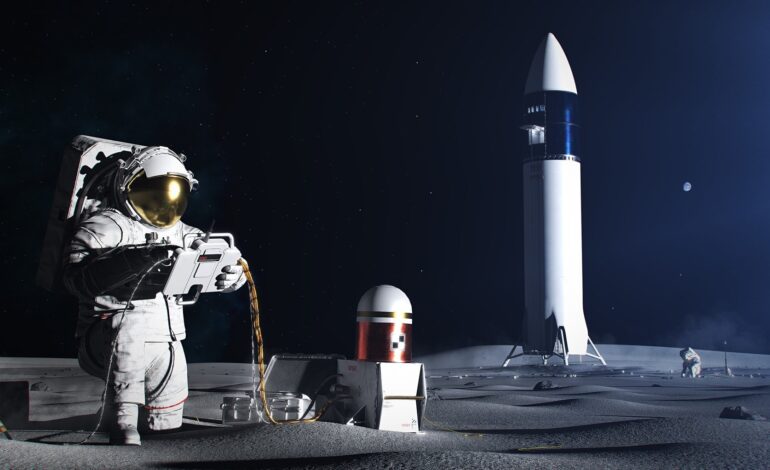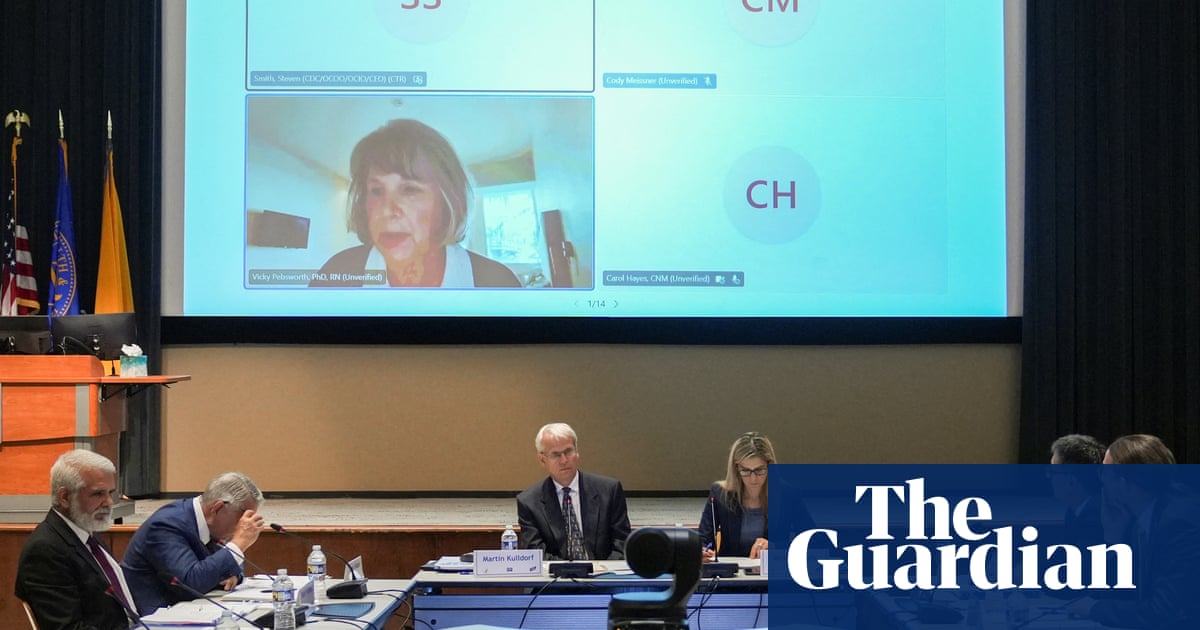NASA’s Leadership Change Sparks Debate Over Future Direction

NASA is navigating a pivotal moment as it prepares to land astronauts on the moon again by the end of this decade. The agency faces significant challenges, particularly with an impending leadership change that may shape its future strategies. Insights shared by Casey Dreier, chief of space policy at the nonprofit Planetary Society, during the ScienceWriters2025 conference in Chicago, suggest cautious optimism regarding NASA’s direction despite existing uncertainties.
A crucial aspect of the agency’s future hinges on who will lead it. President Donald Trump initially nominated tech billionaire Jared Isaacman as NASA’s administrator on his first day in office. However, after a controversial exchange with Elon Musk, founder of SpaceX, Trump’s administration withdrew Isaacman’s nomination in May. This month, however, the nomination has been revived, raising questions about the stability of leadership at the agency.
In the interim, Transportation Secretary Sean Duffy has served as NASA’s acting administrator, reportedly expressing interest in the permanent role himself. The apparent resolution of tensions between Isaacman and Musk may pave the way for smooth confirmation, although Isaacman still faces scrutiny regarding his vision for NASA.
Just before his renomination, a leaked document known as Project Athena outlined Isaacman’s proposed reforms for NASA. The 62-page report suggests shifting certain responsibilities for space science missions from NASA to commercial partners and emphasizes a reduction in taxpayer-funded climate science initiatives. These proposals align with the budget priorities of the Trump administration but may encounter resistance from congressional members concerned about the impact on their districts, which benefit from existing NASA programs.
The report also questions the long-term viability of NASA’s heavy-lift Space Launch System and its Gateway lunar outpost, raising eyebrows among those invested in the ongoing Artemis moon program. Isaacman has emphasized that the report does not advocate for the closure of any NASA centers, including the essential Jet Propulsion Laboratory, which has been instrumental in robotic space exploration.
In response to the leaked details, Isaacman clarified that the document was drafted prior to his initial nomination withdrawal and that some sections are now outdated. He articulated his commitment to NASA, stating, “The more I see the imperfections of politics and the lengths people will go, the more I want to serve and be part of the solution … because I love NASA and I love my country.”
Dreier acknowledged the potential benefits of Isaacman’s vision, expressing interest in the emphasis on nuclear electric propulsion as part of NASA’s long-term strategy. He noted that Isaacman’s nonpartisan approach could facilitate a smoother confirmation process, although he may need to address concerns raised by Project Athena to secure approval.
Assuming Isaacman is confirmed, he will face a complex landscape marked by rapid developments in space policy. Dreier highlighted concerns regarding SpaceX‘s dominant role in American space initiatives, particularly in the context of lunar missions. He cautioned that an overemphasis on a limited number of celestial targets could detract from broader scientific endeavors.
Amid these challenges, Dreier posed critical questions about the future of NASA and its role in the evolving space landscape. “Where the scientists go, I honestly do not know,” he remarked, emphasizing the importance of maintaining a diverse focus in space exploration.
As NASA stands on the brink of a new chapter, the agency’s next administrator will need to navigate a landscape filled with challenges and opportunities. The discussions surrounding leadership and strategic direction will play a crucial role in determining how effectively NASA can fulfill its ambitious goals in the years ahead.






